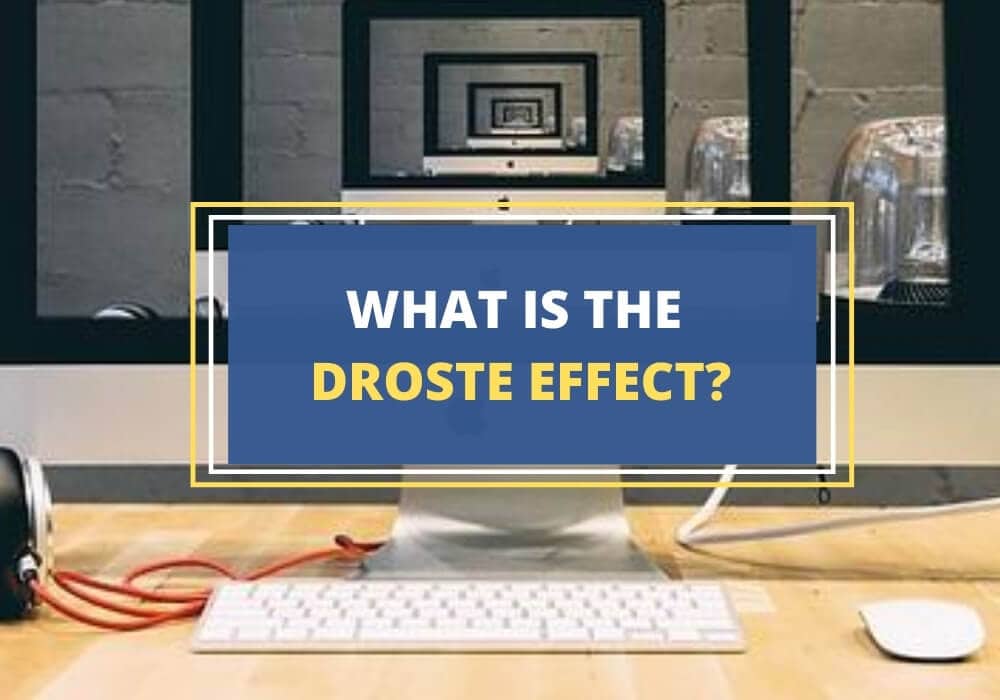
Table of Contents
Have you seen a picture within a picture within a picture? The Droste effect features an image with a smaller version of itself within it, which seems like it goes on forever, making for a unique optical experience. The digital age has taken such images to a whole new level, making this something we encounter often.
Here’s a closer look at this style of images and how it originated.
What is the Droste Effect?
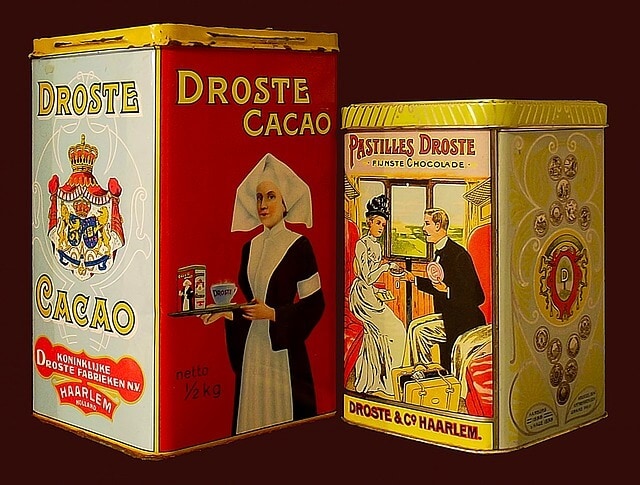
Named after a Dutch cocoa brand that used the technique on their packaging, the Droste effect became a creative way to show photographs artistically. In Western art, it is considered a form of mise en abyme, a formal technique of depicting an image within an image—or even a story within a story—often in a way that suggests an infinite repetition.
In 1904, Droste, a Dutch chocolate manufacturer in Netherlands, used an illustration of a nurse holding a tray with a cup of hot chocolate and a box of Droste cocoa, which had the same image within it. It was designed by commercial artist Jan (Johannes) Musset who took inspiration from the La Belle Chocolatière, also known as The Chocolate Girl, a pastel created by Swiss painter Jean-Étienne Liotard.
At the time of painting in 1744, chocolate was an expensive luxury that could only be enjoyed by the upper classes. As it became more affordable, the pastel served as a reminder of the beneficial effects of chocolate milk, and an inspiration for commercial illustrations. Eventually, it inspired the signature design of Droste brand for decades. Later, the visual effect was named Droste.
Meaning and Symbolism of the Droste Effect
Literary theorists and philosophers have associated the Droste effect with several important concepts and symbolism—here are some of them:
- A Representation of Infinity – Even though there’s a limit on how an image will be able portray a smaller version of itself, it seems never ending. The Droste effect as the creative representation of the infinite is often portrayed in photography and arts, especially in surreal paintings. It symbolizes eternity and endlessness.
- Metamorphosis or Transformation – Some artworks feature the Droste effect in distorted angles, spirals, and optical illusions, which represent new perspectives and coincidences. Sometimes, it’s also used in abstract art to show an impossible concept.
- An Endless Cycle – The Droste effect also shows us the kind of world we live in. Apart from visual arts, did you know this effect can be seen naturally in nature? In a microscopic level, some plants and organisms feature patterned structures that repeat infinitely. While it cannot be replicated in architecture, some structures such as arched pathways and spiral staircases can show the visual effect in certain angles.
- Reflections and Realizations – In some artistic works, the subject is depicted watching or gazing at his own image, as some sort of reflection. Metaphorically speaking, the Droste effect can show some realization about a certain theme, especially on an abstract work of art.
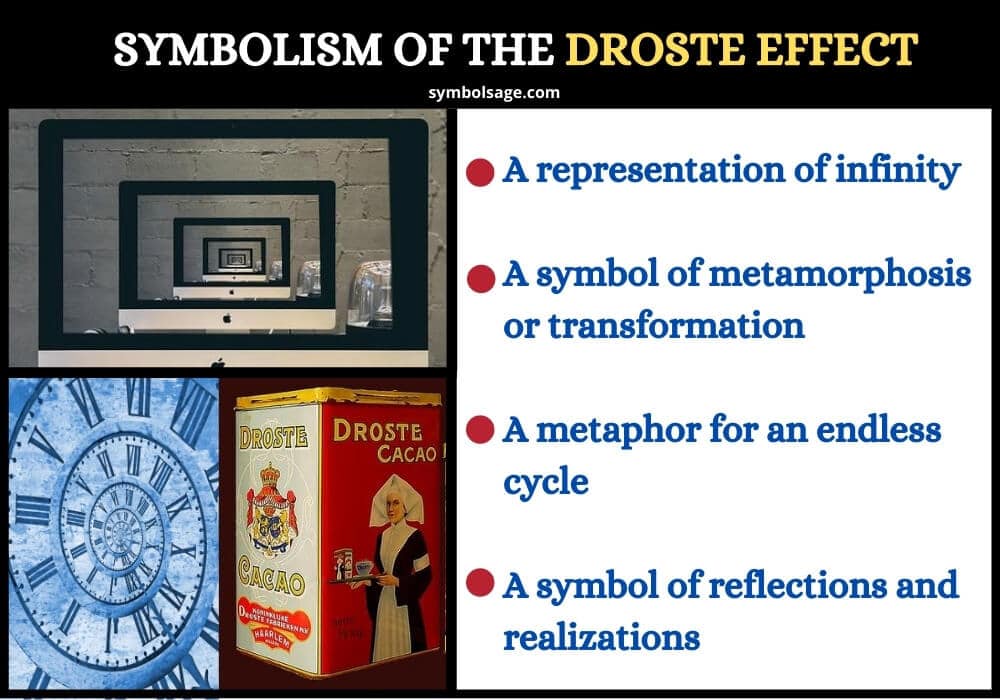
The Droste Effect Throughout History
1. In Medieval Art
The Droste effect is not a recent idea, as it was seen in earlier Renaissance art. In 1320, it was featured on a Gothic painting Stefaneschi Triptych by the Italian painter Giotto di Bondone, who was commissioned to create an altarpiece for Old St. Peter’s Basilica in Rome.
The tempera painting, also referred to as triptych, has three panels painted on both sides, with the center panel featuring St. Peter on the front and Christ on the back. The cardinal himself is portrayed kneeling on both sides—but on the front he is offering the triptych itself to St. Peter. Some believe that the painting originally had a more complex structure, which would have made it fit better in a larger space.
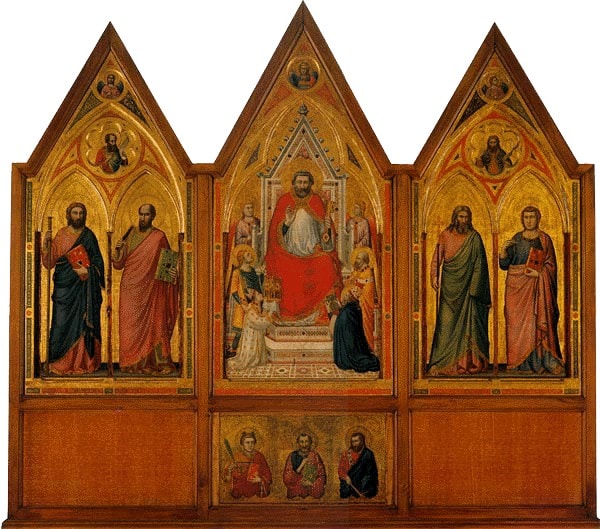
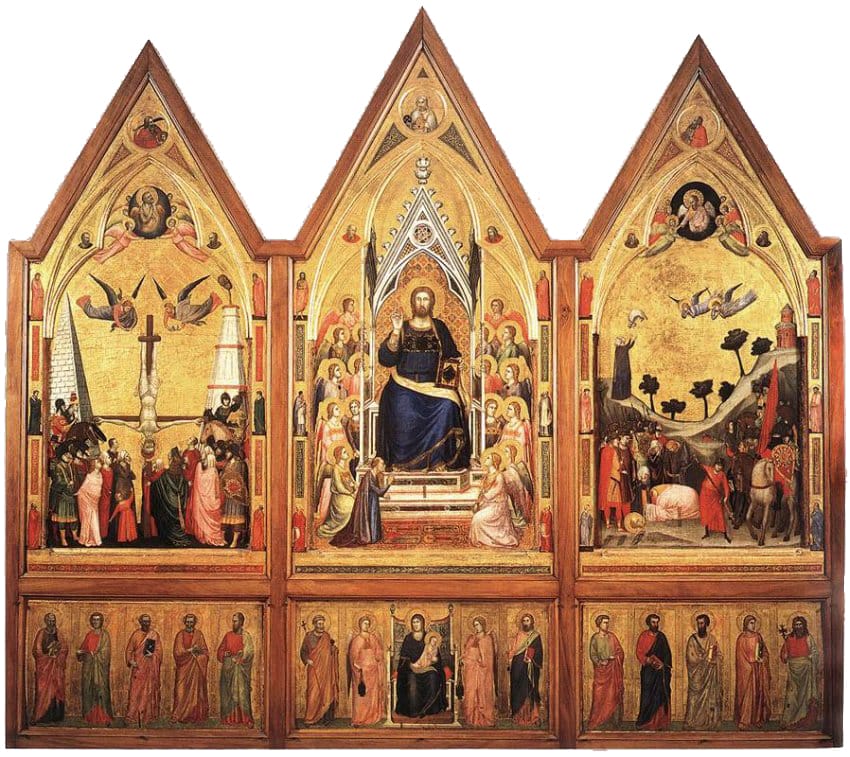
In addition to that, the Droste effect can be seen on window panels on churches, especially at the Relics of St. Stephen at Chartres, portraying a pattern that perfectly matches the pattern of the window panel itself. Also, several reliquaries and medieval books featured the concept of mise en abyme, where the latter depicted images containing the book itself.
2. In Modern Visual Art
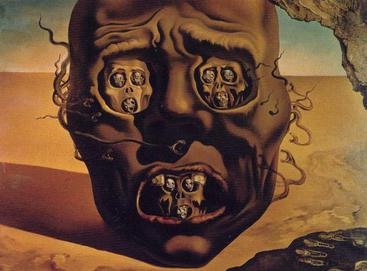
The Droste effect is evident in the 1940’s The Face of War by Salvador Dali, which was painted between the end of Spanish Civil war and start of World War II. The surreal painting depicts a withered face with the same faces in its eye sockets and mouth.
In 1956, the Droste effect was seen in unusual lithograph Prentententoonstelling, also known as Print Gallery, by Maurits Cornelis Escher. It portrays a young man standing in an exhibition gallery, looking at an image of the same gallery in which he is standing.
3. In Mathematical Theory
The Droste effect is repetitive, and many mathematical principles are based on recursive rules. It’s interesting to note that the lithograph of M. C. Escher attracted the attention of mathematicians. He left the middle of his painting blank as some sort of a mathematical puzzle, but many were able to visualize the structure behind it by using geometric transformations.
In theory of Droste effect, it seemed like the repetition of smaller version of the image within itself would go on infinitely, as fractals do, but it will only continue as far as the resolution allows it. After all, each repetition scales down the image’s size.
The Droste Effect Today
Nowadays, this visual effect can be done through digital manipulations, as well as using two mirrors that reflect each other. The Droste effect continues to be used in branding and logos. For example, it was used in the packaging design of Land O’Lakes and The Laughing Cow.
The Pink Floyd album Ummagumma depicted a painting that is part of the cover photo itself. Also, the Droste effect was featured in music videos such as Queen’s Bohemian Rhapsody and 1987’s sci-fi film Spaceballs.
In Brief
The Droste effect started out from simple replications of an image within itself to creative a depiction of the abstract, inspiring various works of art, commercial illustrations, photography, and film production. While it’s existed for several centuries, it’s only in recent decades that the Droste effect has become a popular artistic depiction. It’s likely that the visual effect will continue to inspire creative minds to craft their own masterpieces.








